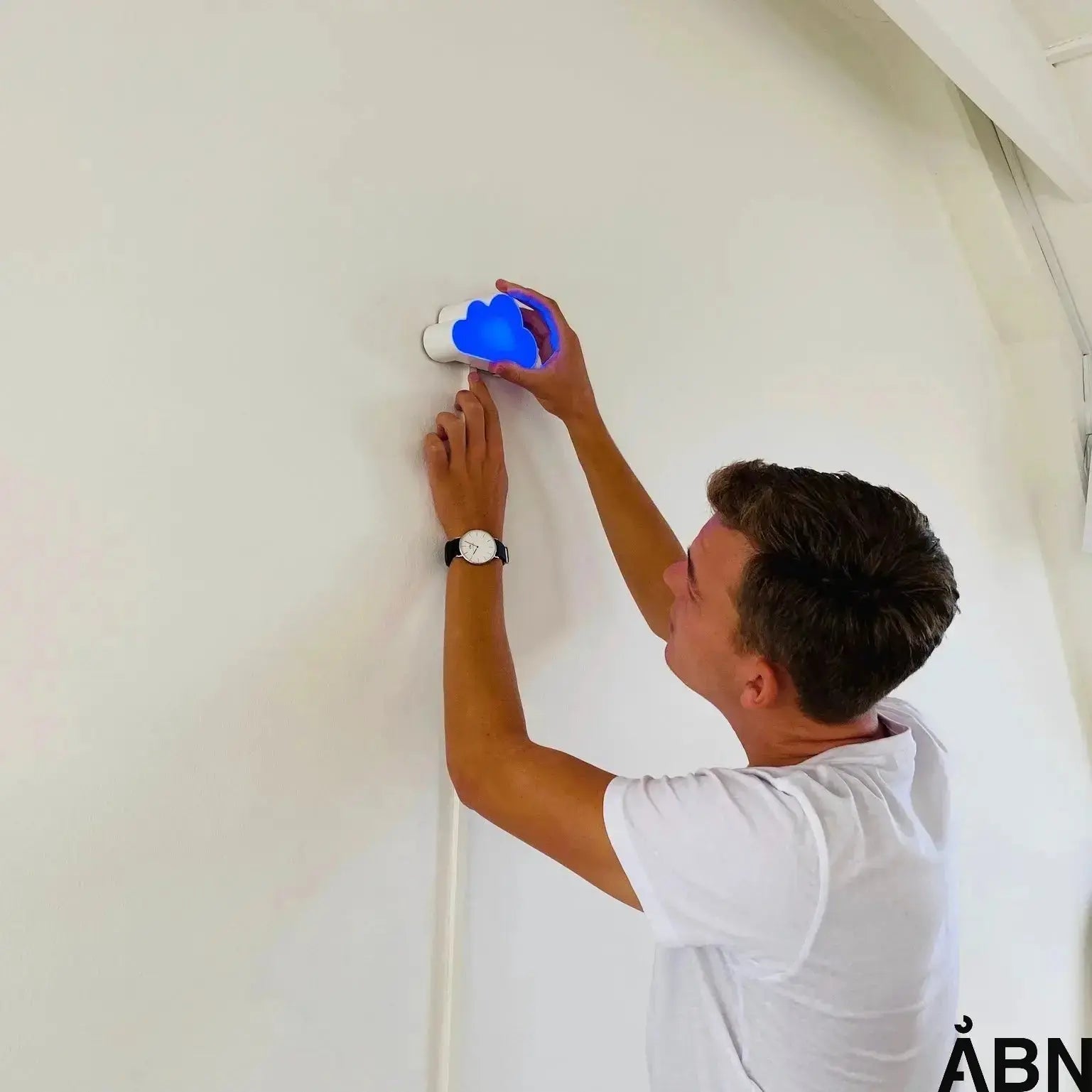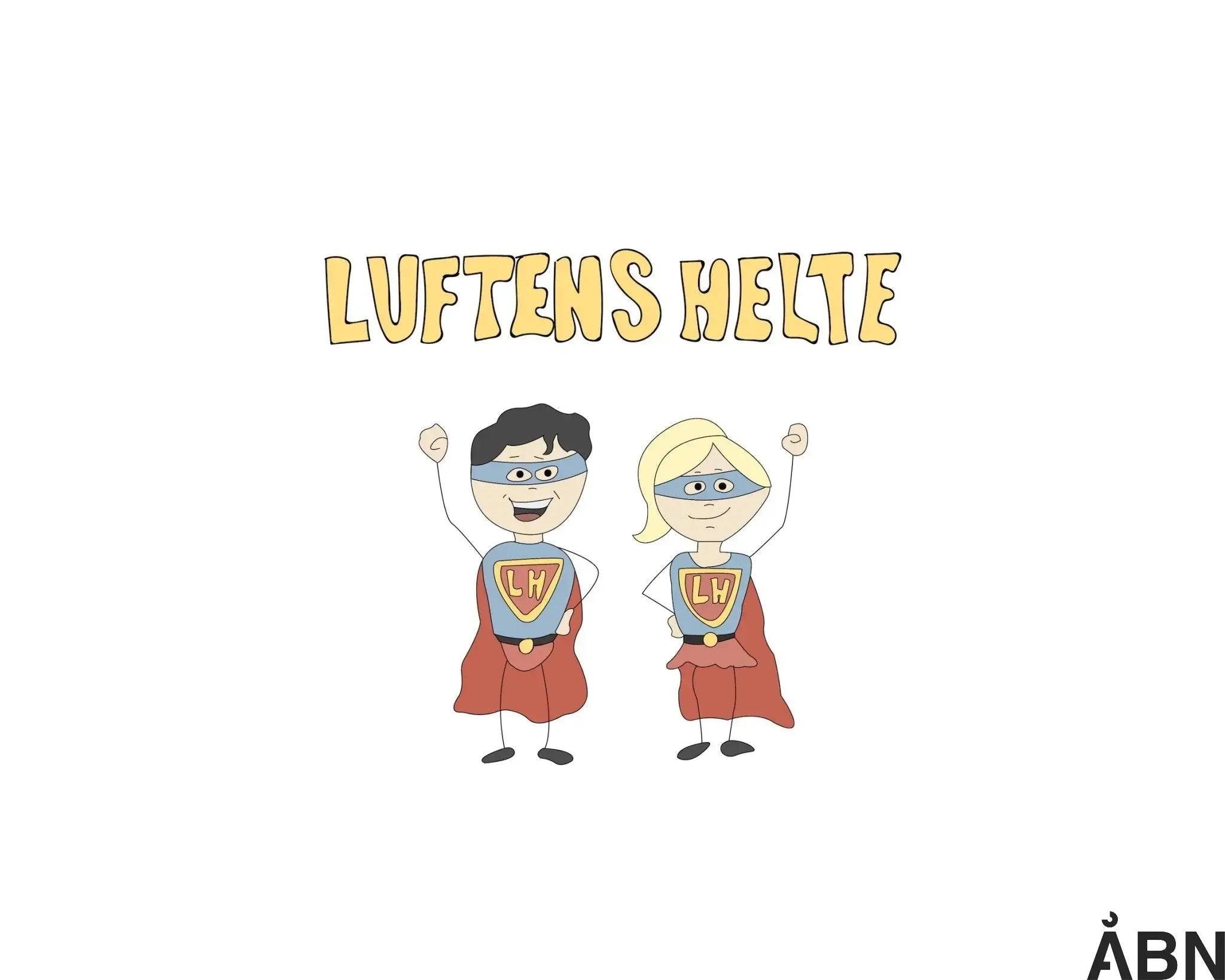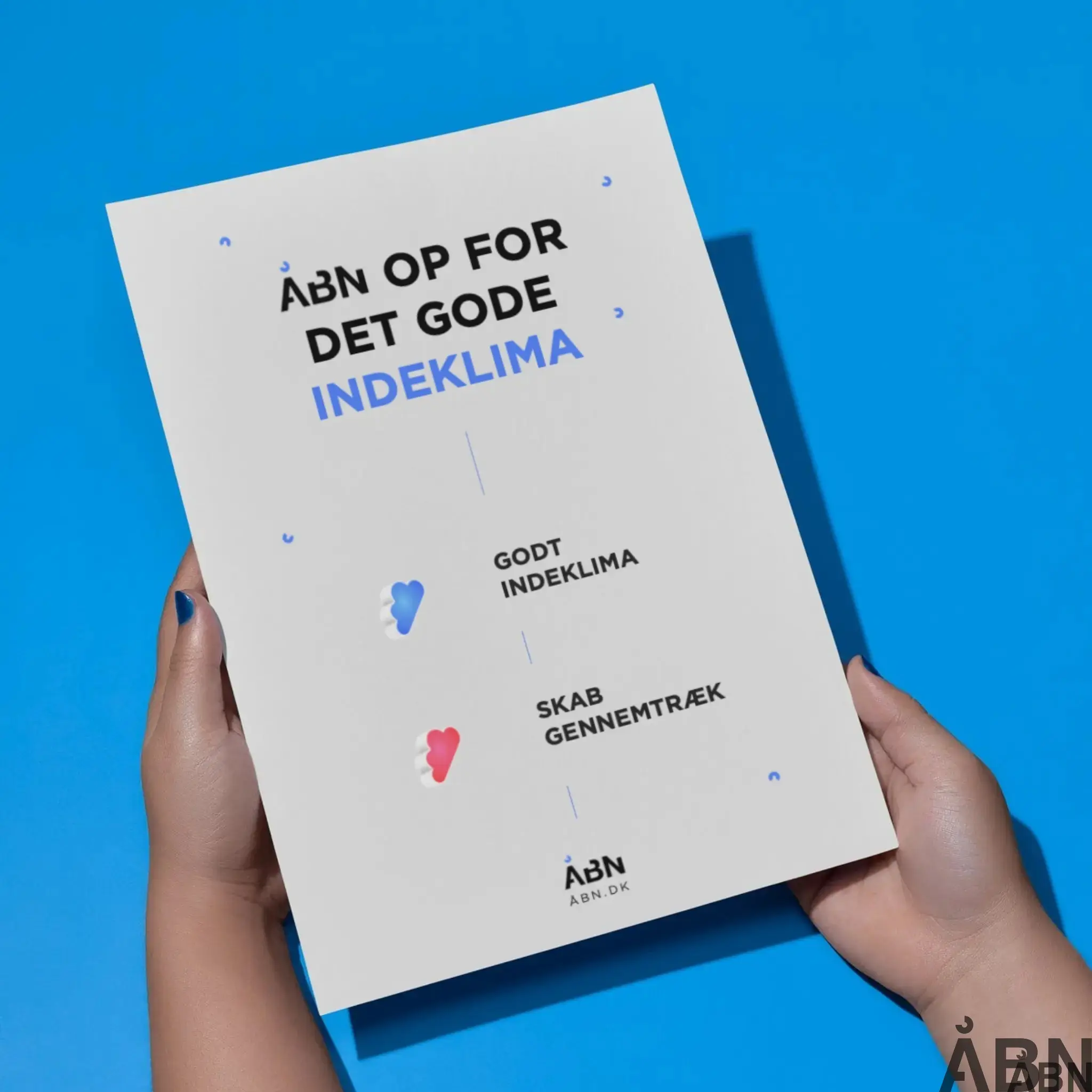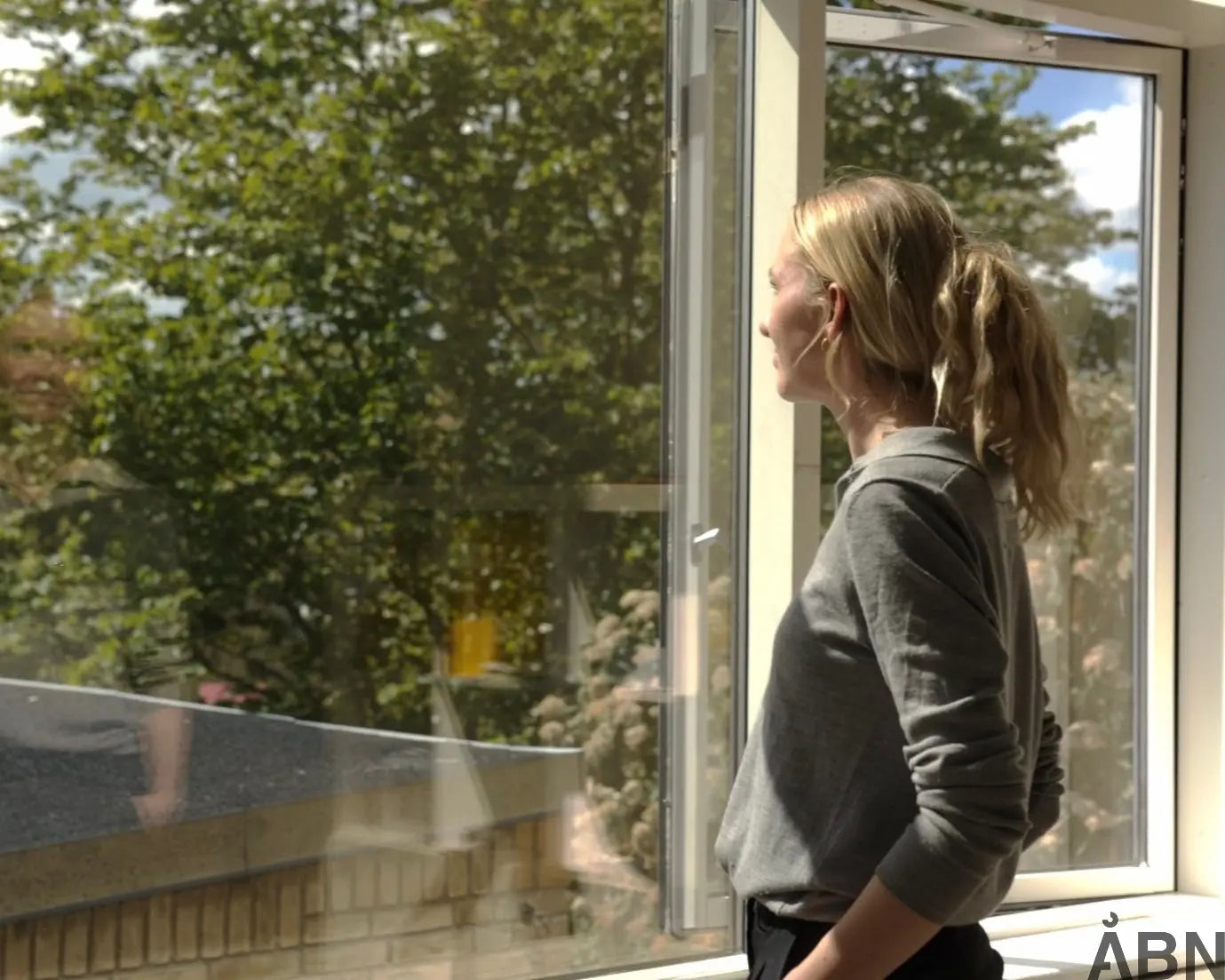On September 1st, a new round of the working environment fund opens, giving municipalities and regions the opportunity to apply for support for projects that will create better and more attractive workplaces. The fund runs until 2026, and in both 2025 and 2026, DKK 83 million has been allocated annually.
This is an obvious opportunity for those of you who want to invest in employee well-being – and at the same time do so with a strong and documentable effort via ÅBNS's indoor climate sensor SKYEN.
At ÅBN, we have extensive experience with work environment efforts and offer both advice and technology that can help you all the way from the application process to a better working environment.
Indoor climate as a lever for well-being
A healthy and stable indoor climate is crucial for both well-being and efficiency. With ÅBN's indoor climate sensor, you get a simple and precise tool that measures CO₂, temperature, humidity and noise – and gives you both insight and options for action.
The sensor makes it easy to document indoor climate conditions before and after your efforts, and it can be actively used in everyday life to create continuous improvements. This makes it particularly suitable as part of a work environment project seeking support through the pool.
Eligible expenses
Grants can be applied for for the following expenditure items:
- Expenses for salaries to employees for the hours they participate in the project.
- Expenses for skills development of employees and managers participating in the project.
- Expenses for ÅBN's consulting hours
- The consultant's transportation expenses, when they appear specifically in the offer and the final accounts.
- Expenses for purchasing technical aids (including SKYEN) that are part of the project. Please note that a maximum of DKK 500,000 can be applied for for technical aids per project.
- Expenses for follow-up research or systematic evaluation.
- Auditor expenses
What should we know about the pool?
Here are some of the most frequently asked questions – and our answers:
Who can apply?
Danish municipalities and regions
When can we apply?
The pool opens September 1. The application deadline is October 30 at 12:00.
What can we get support for?
Projects that improve the working environment – for example by preventing stress, creating better physical environments or strengthening well-being. Initiatives with a focus on indoor climate are obvious.
How much of the project is subsidized?
A full subsidy is provided for eligible costs. The subsidy is calculated on the basis of the eligible costs stated in the project accounts.
How much can we apply for?
There is no upper limit except for grants for the purchase of technical aids of DKK 500,000 per application – such as ÅBN's sensor.
In addition, you will be covered for salary expenses, accountant, consulting hours, etc.
What are the minimum requirements for project participation?
The project application must be signed by the chairman and deputy chairman of the MED main committee as confirmation that the application for the project has been discussed jointly between management and employees.
The project must have eligible expenses of at least DKK 4 million.
The application must set out a plan for evaluating and reporting on the project's results, which must be implemented within the project's financial framework. ÅBN will assist in preparing this.
Can a municipality apply multiple times?
Yes, there is nothing to prevent this, as long as each application meets the minimum requirements, including at least 4 million DKK in budget.
Which area of focus does ÅBN fall under?
Sickness absence. ÅBNS's indoor climate sensor is intended to prevent and reduce sick leave in municipalities and regions.
Can one project contain multiple areas of focus?
Yes, a project can concern several areas of intervention, if the municipality/region, for example, wants to make broader efforts or expects the project to benefit several areas.
Do we have to take care of it all ourselves?
No. ÅBN is happy to help you formulate a solid application that matches the pool's requirements and prioritization criteria.
Where can we find more information?
Find more information in the AT application guide.
We help you all the way
The pool has a number of requirements – including documentation, evaluation and anchoring. At ÅBN, we have experience with these elements and can help you formulate a strategically strong application.
We advise on content, method and organization – and our technology can be a central part of your solution. It is not just a question of measuring indoor climate, but of creating continuous improvement that employees and management stand together for.
Ready to get started?
If you are considering applying for the pool – or are already in the process – please contact us. We are happy to help you further and offer both professional sparring and concrete support for the application.
Contact ÅBN for a non-binding chat about how we can help you improve the working environment and make use of the working environment pool.









